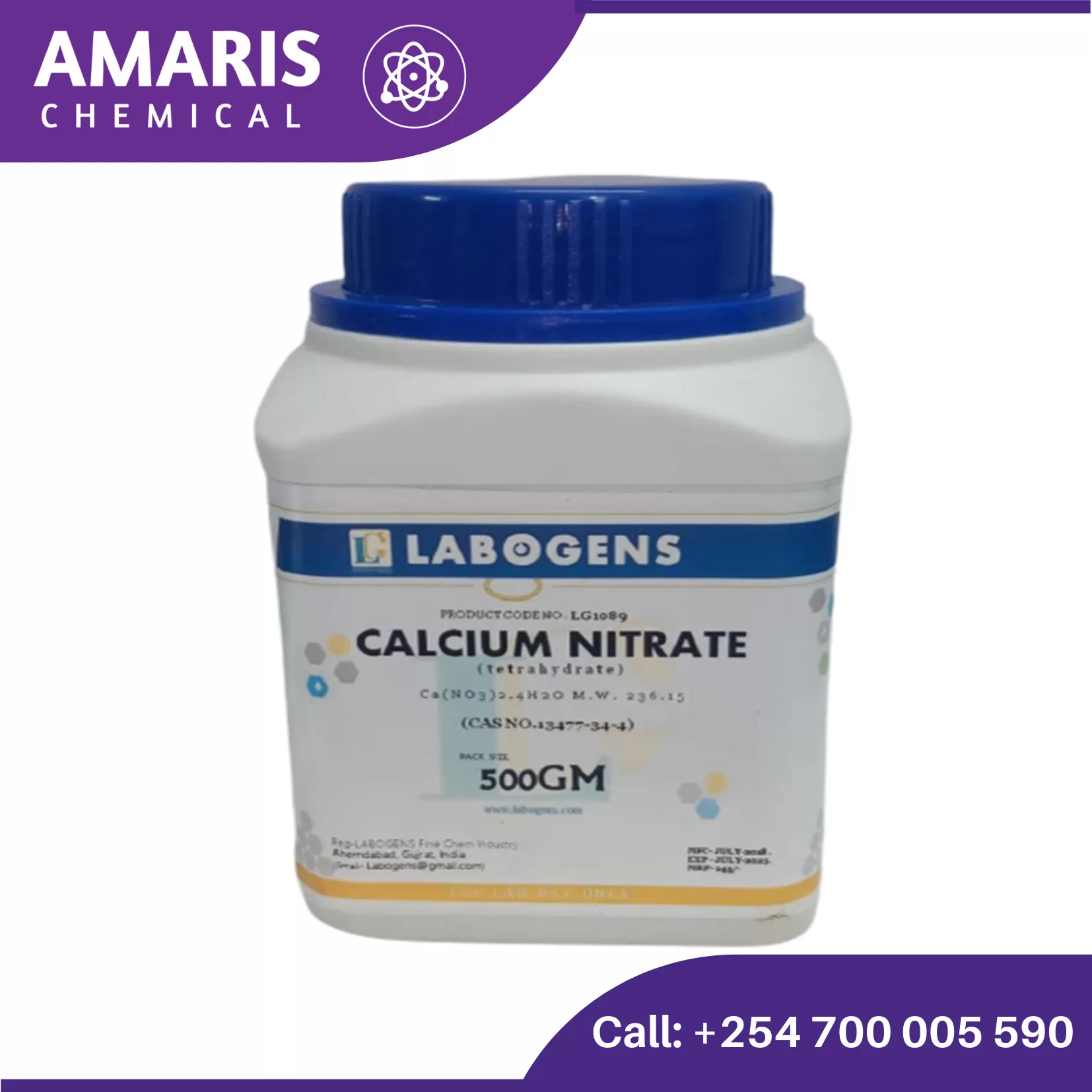
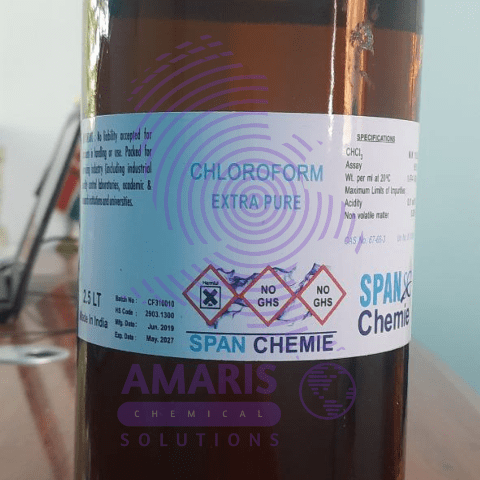
Charcoal Decourising powder
$2,500.00 Original price was: $2,500.00.$2,300.00Current price is: $2,300.00.
Uses of Charcoal Decourising powder.
Column Chromatography:
Charcoal decolorizing powder can be used as an adsorbent in column chromatography to separate and purify different compounds based on their affinity for the charcoal surface. It’s particularly useful for removing colored impurities from organic compounds.
Sample Preparation:
In analytical chemistry, charcoal decolorizing powder may be employed during sample preparation to remove interfering substances or unwanted colors from samples before analysis. This is common in techniques such as spectrophotometry and colorimetry.
Purification of Extracts:
When extracting compounds from natural sources, such as plants or tissues, charcoal decolorizing powder can be utilized to remove pigments, tannins, and other unwanted components from the extract, leading to a cleaner and more concentrated sample.
Clarification of Solutions:
is often necessary in laboratory experiments where clear solutions are required for accurate measurements or observations.
Removal of Contaminants:
In microbiology and cell culture, charcoal decolorizing powder may be added to culture media to remove toxic substances or colored metabolites produced by microorganisms, thus providing a more suitable environment for cell growth and experimentation.
Preparation of Reagents:
It can also be used in the preparation of various laboratory reagents and solutions where color purity is crucial, such as buffer solutions, staining solutions, and indicator solutions.


MAECENAS IACULIS
Vestibulum curae torquent diam diam commodo parturient penatibus nunc dui adipiscing convallis bulum parturient suspendisse parturient a.Parturient in parturient scelerisque nibh lectus quam a natoque adipiscing a vestibulum hendrerit et pharetra fames nunc natoque dui.
ADIPISCING CONVALLIS BULUM
- Vestibulum penatibus nunc dui adipiscing convallis bulum parturient suspendisse.
- Abitur parturient praesent lectus quam a natoque adipiscing a vestibulum hendre.
- Diam parturient dictumst parturient scelerisque nibh lectus.
Scelerisque adipiscing bibendum sem vestibulum et in a a a purus lectus faucibus lobortis tincidunt purus lectus nisl class eros.Condimentum a et ullamcorper dictumst mus et tristique elementum nam inceptos hac parturient scelerisque vestibulum amet elit ut volutpat.
Related products
Acetaldehyde
- Chemical Structure: Acetaldehyde consists of two carbon atoms, one oxygen atom, and four hydrogen atoms. Its structure is CH3CHO, where the carbon atom in the middle is doubly bonded to an oxygen atom and singly bonded to a hydrogen atom and a methyl group (CH3).
- Occurrence: Acetaldehyde can be found naturally in various ripe fruits, coffee, and heated milk. It is also produced by the oxidation of ethanol (alcohol) by enzymes in the liver and other tissues in humans, making it an intermediate product in alcohol metabolism.
Aceto Carmine 100 ml
Properties
- Color: Red to purplish-red.
- Solubility: Soluble in water and ethanol.
- Staining Characteristics: Stains chromatin and cytoplasmic components, providing contrast for better visualization under a microscope.
Preparation
- Ingredients:
- Carmine dye: A natural red dye extracted from the cochineal insect.
- Acetic acid: A colorless liquid organic compound with a pungent smell.
- Procedure:
- Dissolve a specific amount of carmine powder in hot distilled water.
- Add glacial acetic acid to the solution.
- Filter the mixture to remove any undissolved particles.
Agar Agar Powder
Aluminum Potassium Sulphate 500gm
Physical Properties:
- Appearance: Colorless, transparent crystals or white powder.
- Solubility: Soluble in water but insoluble in alcohol.
- Melting Point: Decomposes at high temperatures before melting.
Chemical Properties:
- Molecular Formula: KAl(SO₄)₂·12H₂O
- Molecular Weight: 474.39 g/mol (for the dodecahydrate form)
- Acidity: It is slightly acidic in aqueous solution.
Ammonia Acetate
Properties
- Chemical Formula: NH4C2H3O2
- Molecular Weight: 77.08 g/mol
- Appearance: White, crystalline solid
- Solubility: Highly soluble in water
- Melting Point: Decomposes upon heating










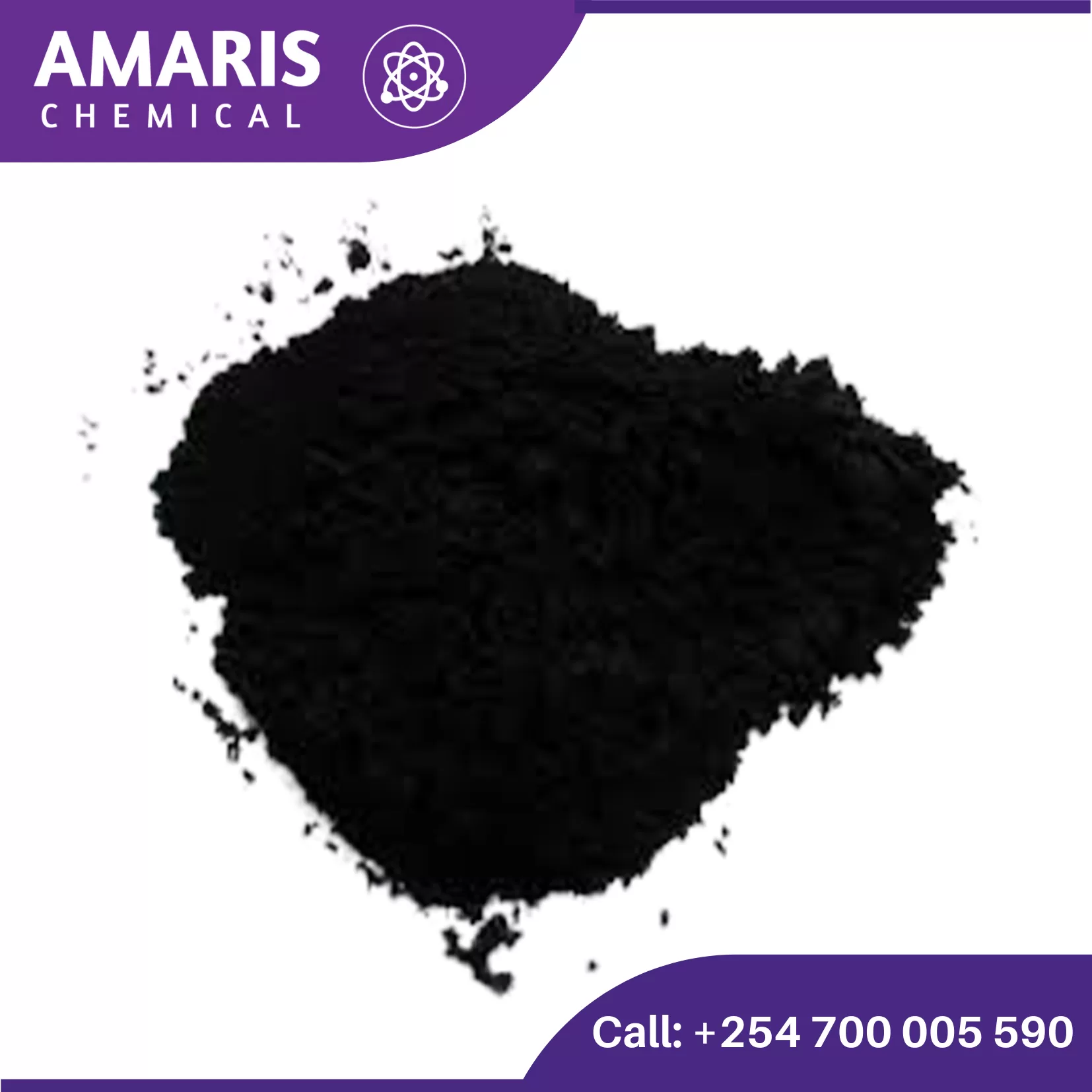
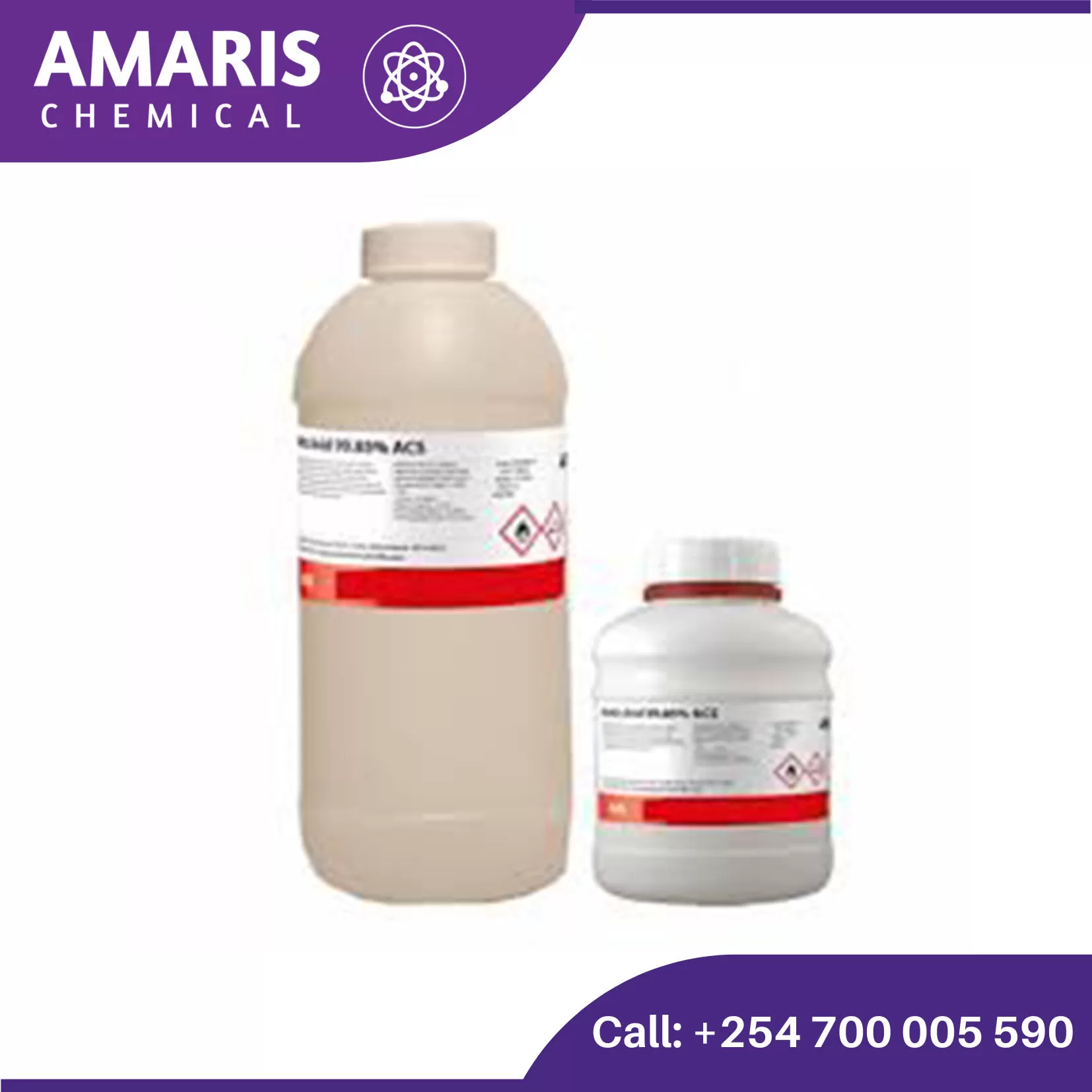
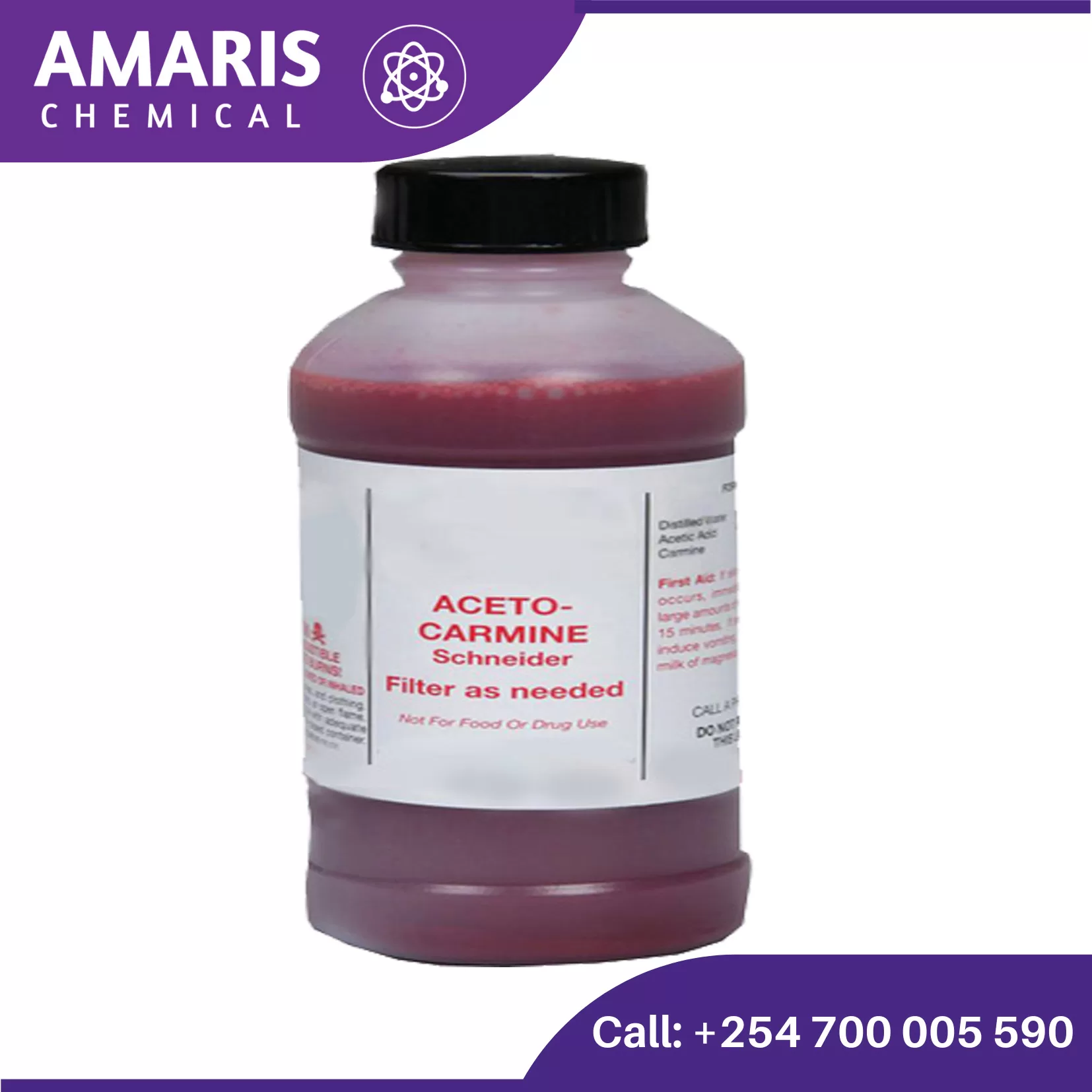
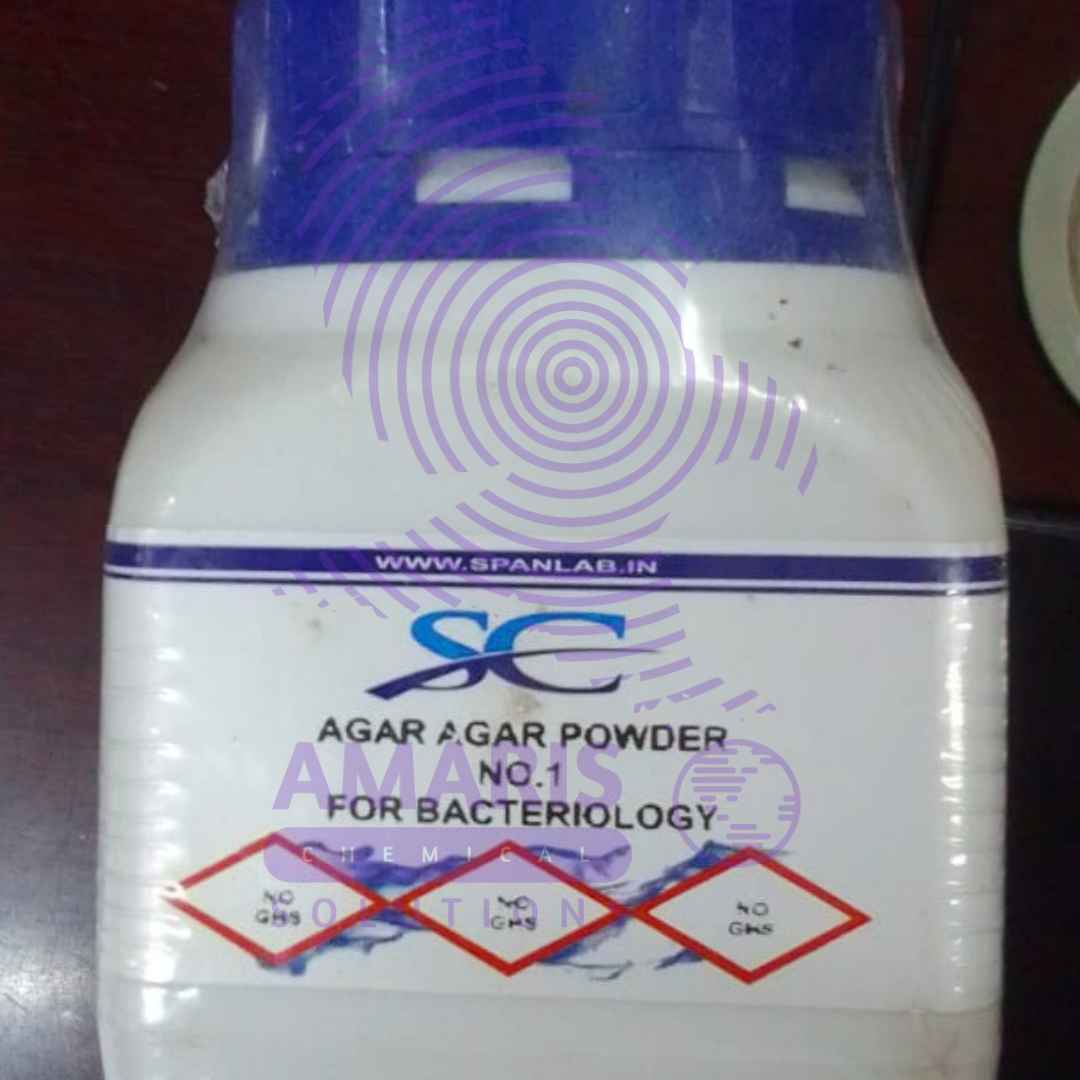
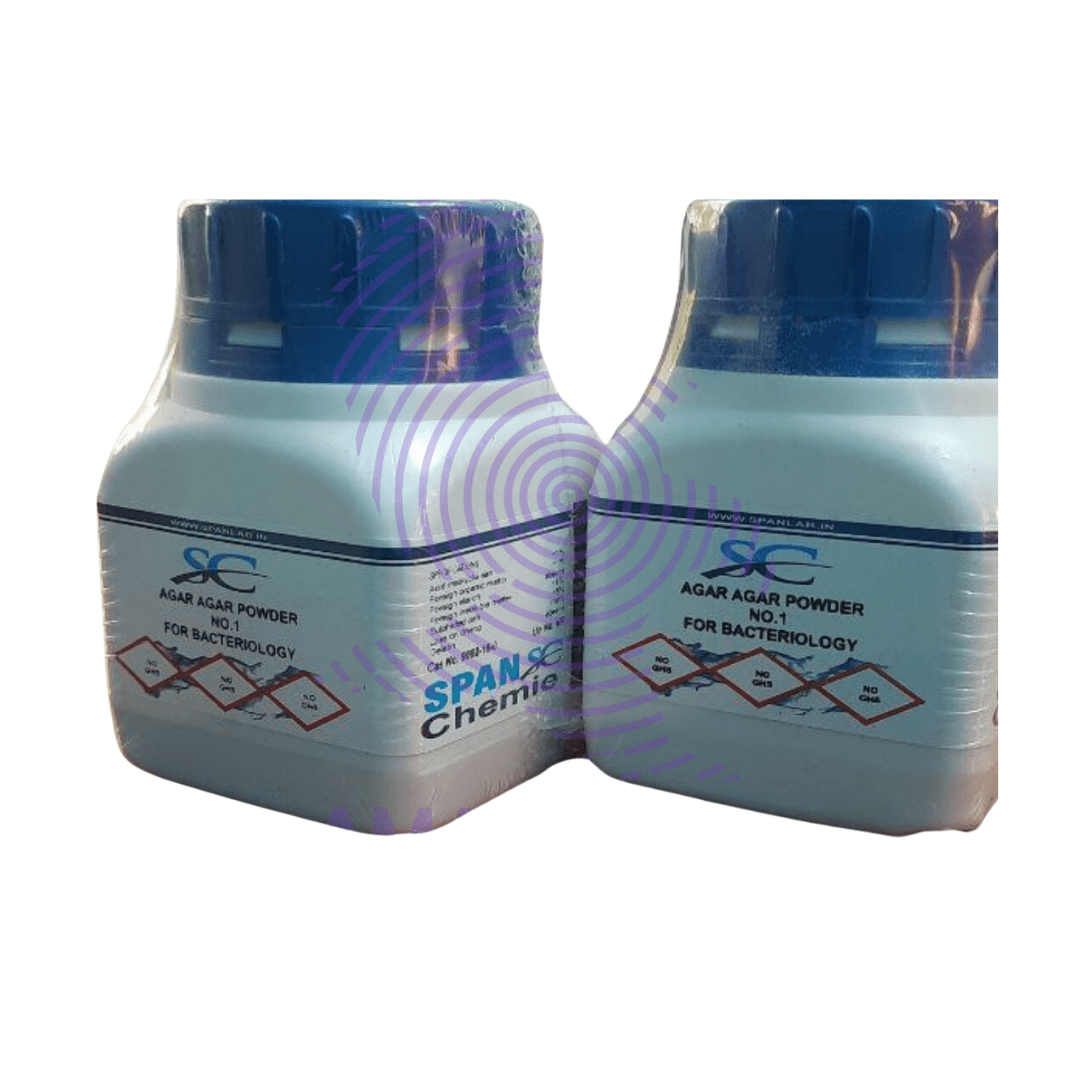
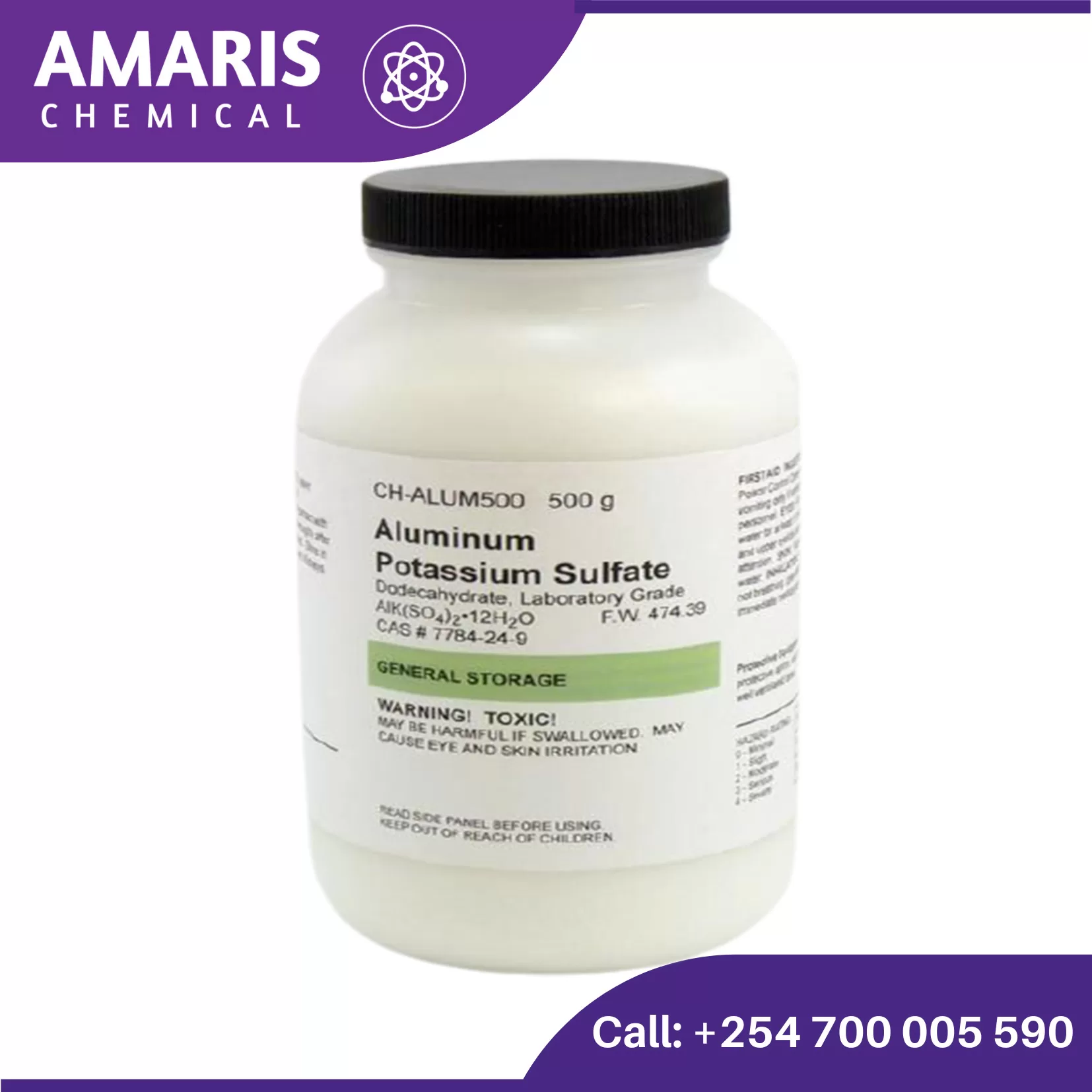
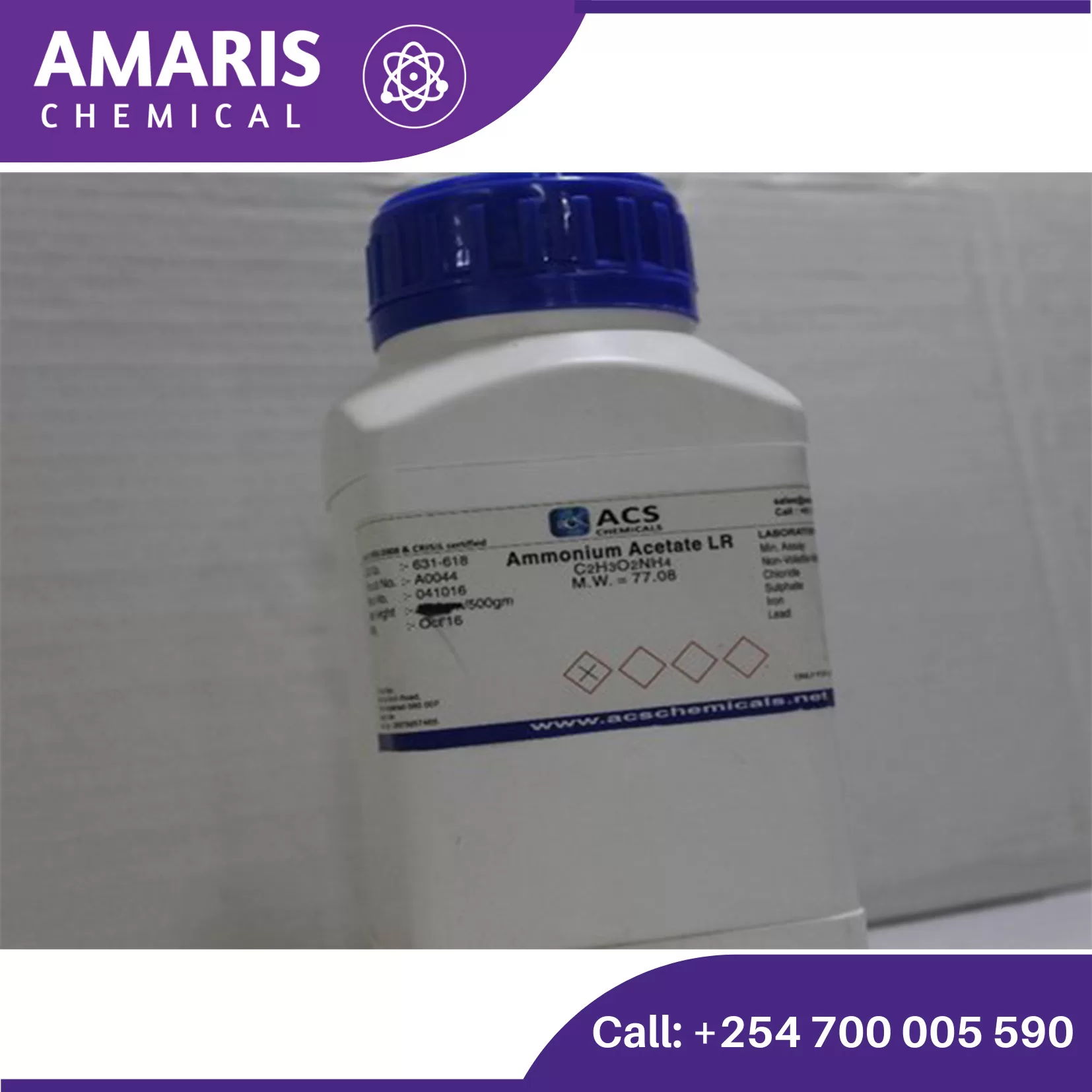
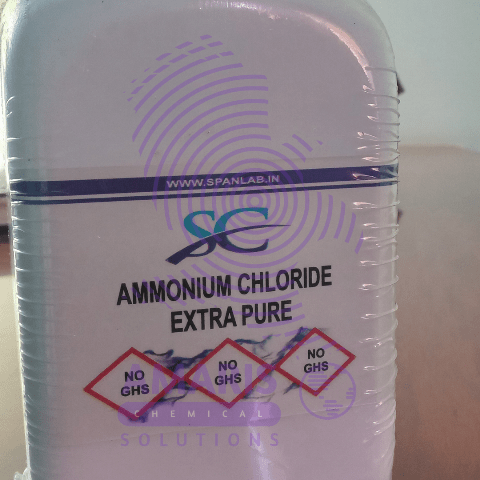
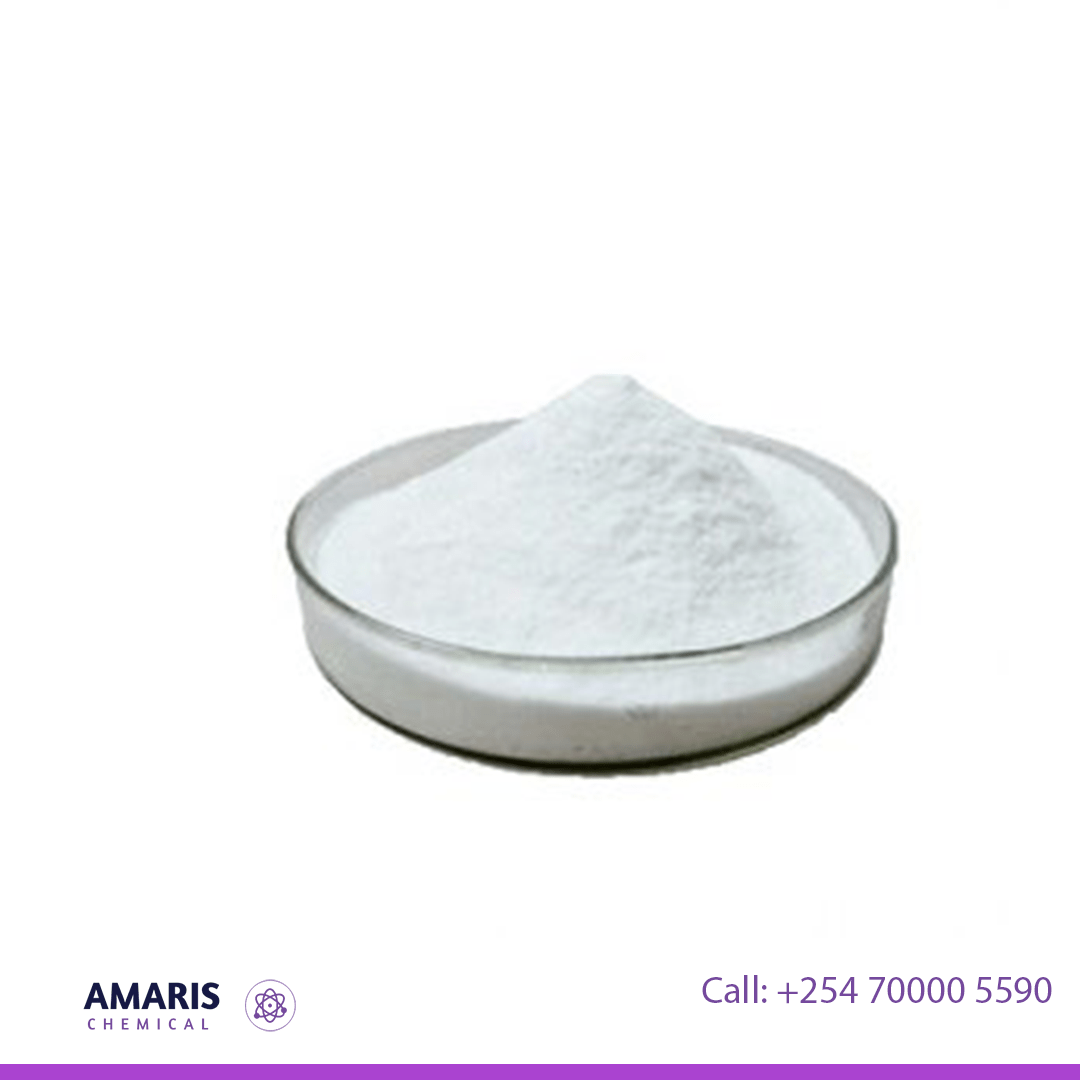
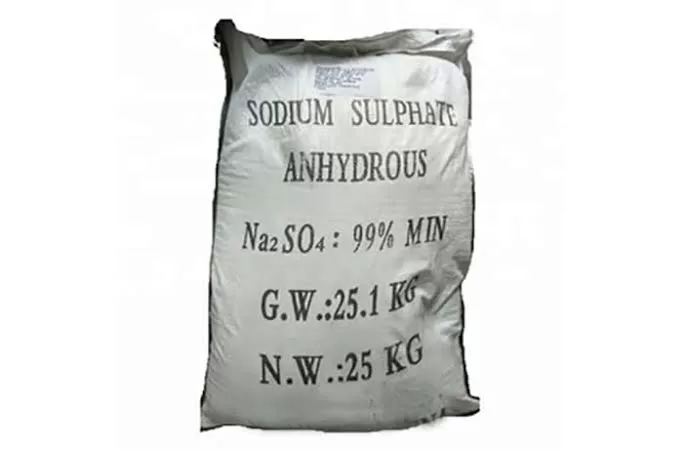
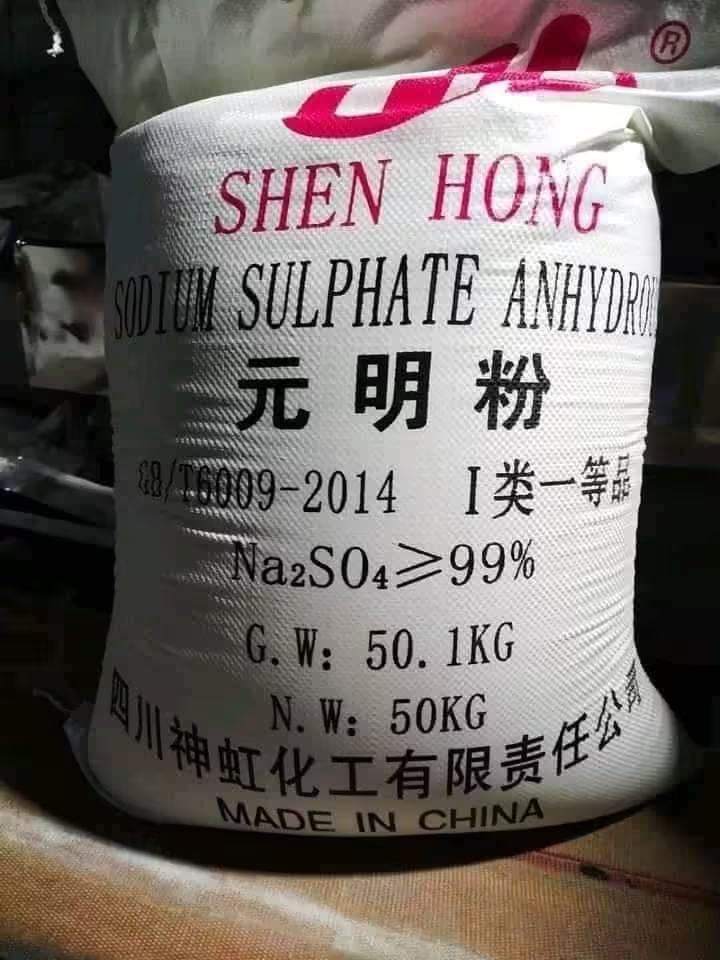









Reviews
There are no reviews yet.